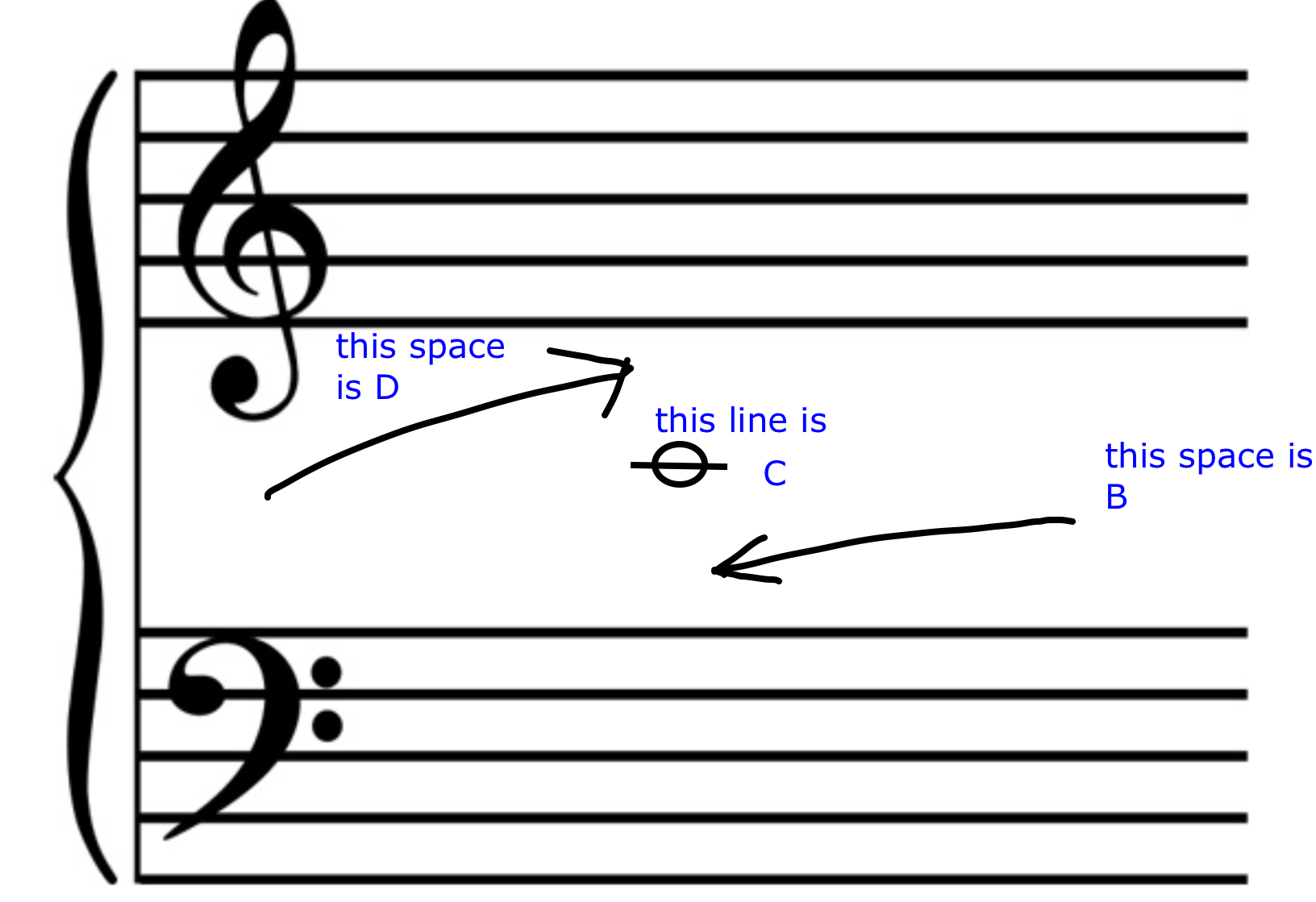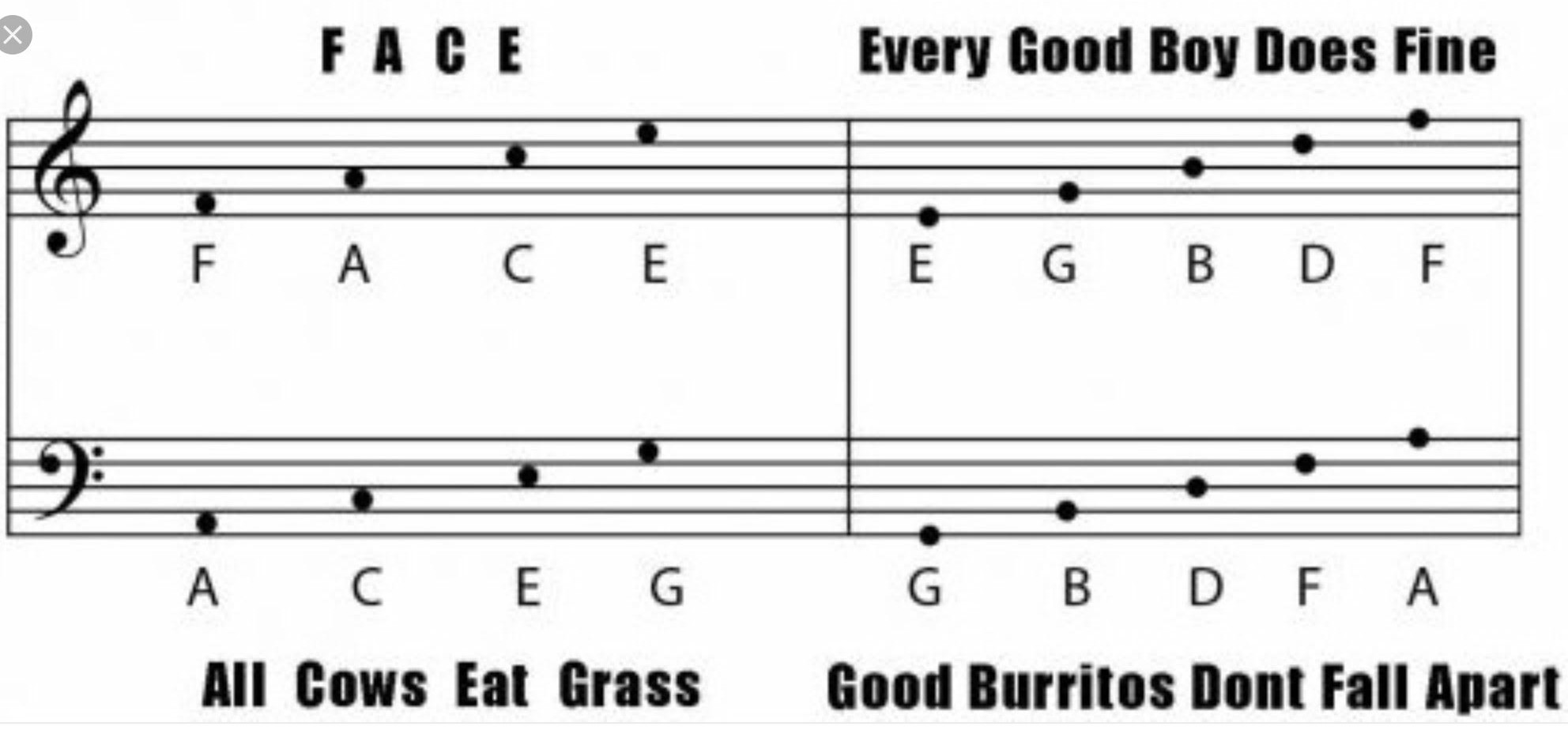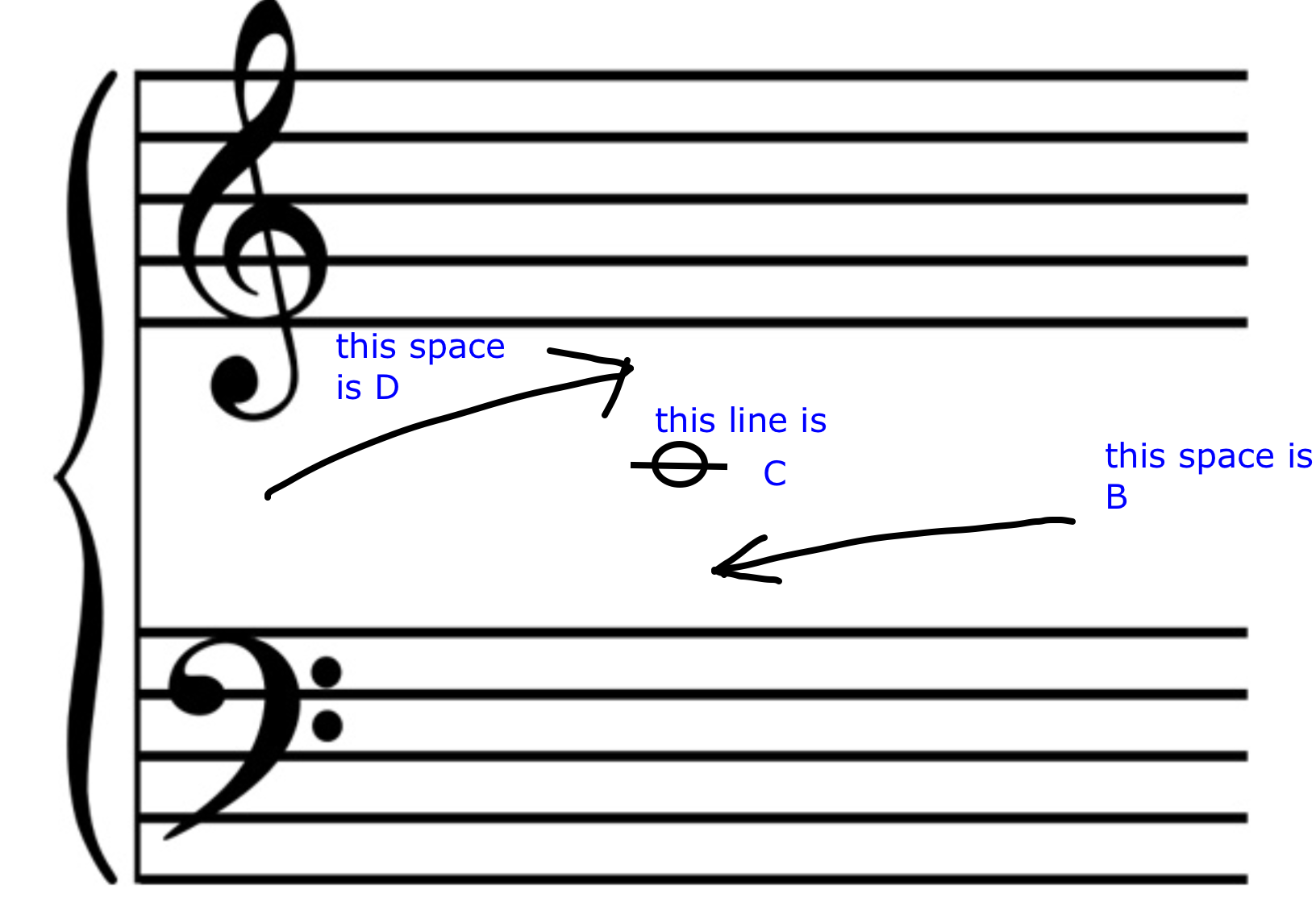By Holly A. Shapiro, Ph.D., CCC-SLP
I’ve been talking a lot about research lately, and how it’s helped me understand my teaching practice in a bigger context. But as Dylan William says–and I agree–teachers should “be seeking to improve their practice through a process of ‘disciplined inquiry’.” I also like that he says, “Educational research can only tell us what was, not what might be.”
The closer I’ve gotten to teaching English as a system, the better results I get in working with students.
Let me tell you about another system I learned and how it transformed me.
When I was a little girl my parents took me for piano lessons. My teacher taught me Every Good Boy Does FIne, Good Burritos Don’t Fall Apart, and FACE. I could read music! Or so I thought.
I picked up piano again as an adult. My new teacher Lisa took me on a different path. First, she taught me the key signatures by pointing out a pattern. Start on any C (any white key to the direct left of two black keys) and follow the pattern of whole and half notes: WWHWWWH (a half step on a keyboard is the very next (contiguous) key with no black or white key in between). If you try it and didn’t play any black keys you’ve played a C major scale.
You’re right: there are no sharps or flats in the key of C major and it works no matter which note you start on, as long as you follow the same pattern (WWHWWWH). Start on any note and follow the same pattern. If you start on F, for example, you will end up playing a scale with one black key, a B flat. Yup, the F major scale has only one flat and that would be B.
There’s only one middle C and the two staffs work together as one system. A line to a space or a space to a line is one note. Look below and you can figure out any note. Add a couple of extra landmarks and you’ve got this down.
Holy burrito! Lisa showed me how the system of music notation works. Holly the little girl could read music only if she already knew the tune. Now, as an adult with some infrastructure under my belt, the whole world was my song. My sight-reading improved and my ability to memorize complex pieces of music was transformed.
In a word: systems.







